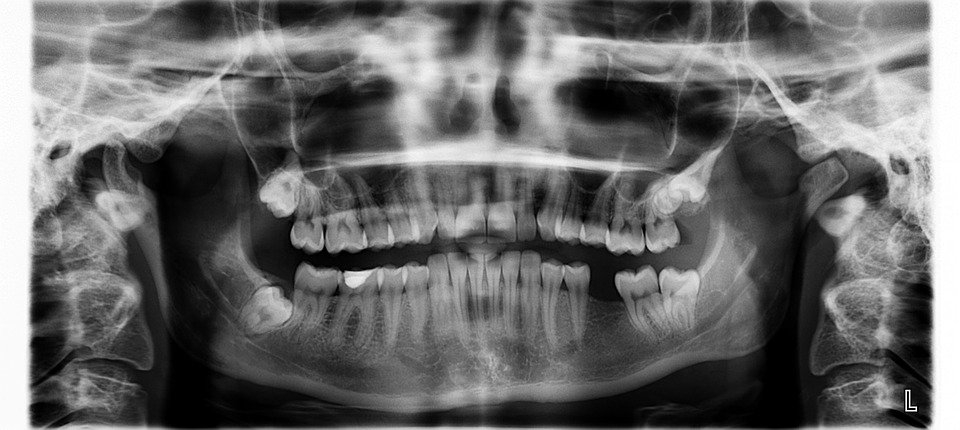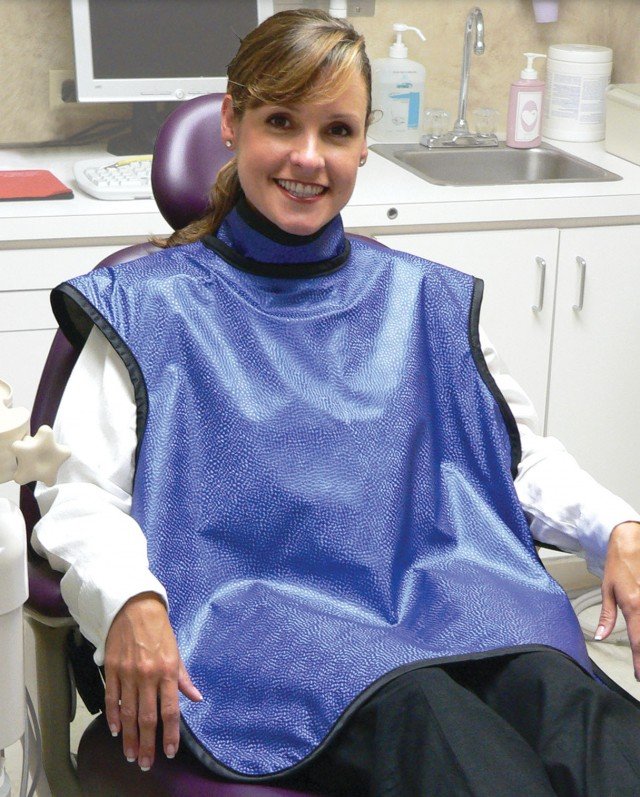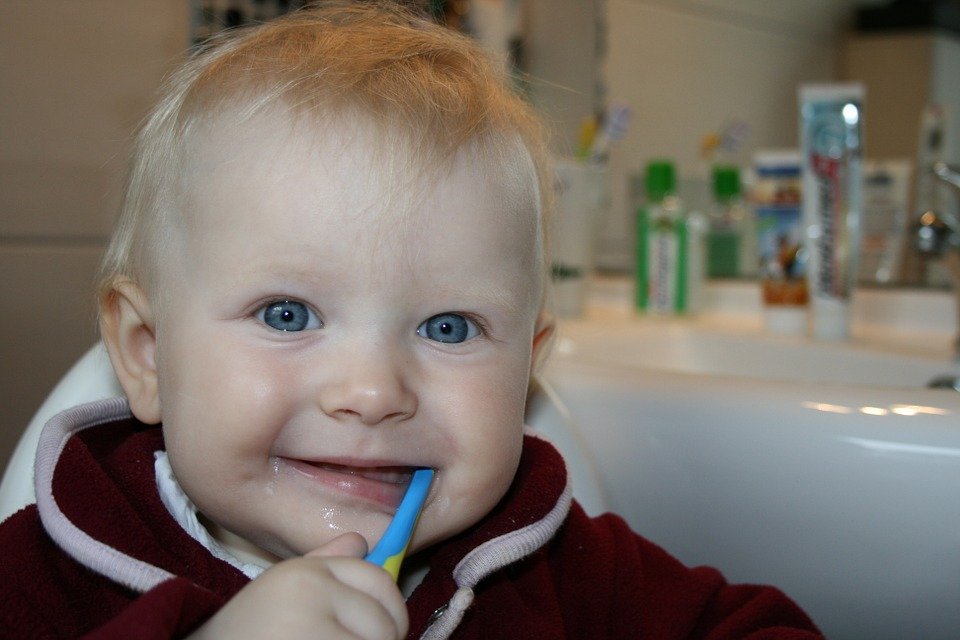Can Panoramic X-Rays Be Used for Children?
X-rays are diagnostic tools used in dental health to diagnose disease or damage in the teeth. Just like adults, x-rays also expose children to radiation, and for this reason, parents may be reluctant to consent until they understand better how doctors will perform the procedure. Before dentists recommend x-rays, they always review the health history of a child and complete an intensive clinical examination. For example, various areas in the mouth, such as the inner parts of the teeth or under the gums are impossible to see without the help of an x-ray.
So, why do dentists recommend x-rays? A dentist may require your child to go through an x-ray for various reasons. An x-ray is necessary to find cavities on the teeth, to check for familial abnormalities, assess a cause of swelling, check for any teeth injuries, and examine displaced teeth.
While there are various types of x-rays, this article focuses on panoramic x-rays for children.
What are Panoramic X-rays?

A panoramic x-ray is a type of x-rays used in dental care to display a comprehensive view of the mouth to show the nasal area, jaws, teeth, and the surrounding structures. Panoramic is one of the most popular x-rays in dental health because they deliver a flat image rather than the curved structure of the jaw. Unlike other x-rays, it is not invasive and easy to use.
These x-rays are valuable in modern dentistry and help doctors to perform procedures such as getting dentures, braces, and implants. Furthermore, they can help to detect chronic issues like cancer, tumors, and cysts. Most dentists require patients to take this x-ray before concluding on a mode of treatment.
Doctors use panoramic x-rays because it is convenient and more comfortable to use on young children who do not like placing a film inside their mouths. The x-ray comes with a film inside the machine, making it easy to assess patients.
Panoramic X-rays for Children
Panoramic x-rays are safe for use in children due to various reasons.
Used to Assess a Child’s Teeth for Abnormalities
You can use the x-ray to monitor the tooth development of your child or to evaluate whether he or she requires orthodontics. They are beneficial for children because they help dentists to see impacted teeth, an emerging tooth, or tumors. This means that they can help to detect any teeth condition early enough in children before it progresses into a chronic issue.
The Procedure is Safe and Simple

They are safe to use for children because the procedure is simple and non-intrusive. Special preparation of the child is not necessary before taking the x-ray. The process usually is painless and fast. The only thing the child should do is to remove any jewelry or metals before the procedure because they can affect the imaging. You should check out the product description and features of a panoramic x-ray to understand its uniqueness.
During the x-ray, dentists help children to feel more comfortable. As a safety precaution, the dentist will give the child a lead apron with a thyroid collar to shield him or her from any radiation. In one study, the researcher contends that since the harmful effects of radiation on the human body are deadly, lead aprons that have thyroid shields are one of the most common protective devices for procedures such as x-rays.
Therefore, there is nothing to worry about in this procedure. The radiation used is of small doses and does not remain in the body of your child after the examination. Since they have no side effects on the child, dentists can also use them on very young children.
It is Necessary for a Child’s Dental Health

Children and parents do not have to worry anymore because panoramic x-rays are in line with AAPD recommendations for a child’s growth and development. Unless a child has any other conditions that require a frequent radiographic exam, there is no cause for alarm with panoramic.
According to AAPD, a child should take the x-ray for the first time when they turn eight or seven years because it is at this time when permanent teeth start to grow. During this time, the dentists can check the child to ensure the teeth are developing correctly; there are no additional or missing teeth and correct arrangement of teeth. Besides, it allows dentists to determine bone issues, growths, and cysts before the child grows into the teenage and adolescent stage.
A child should undertake a second x-ray when they turn twelve years because it's at this age when all permanent teeth have completely replaced all baby teeth. At age twelve, the dentists can prepare for orthodontic treatment and evaluate jaws. The final assessment occurs at seventeen years to check the condition of the wisdom teeth.
Read More:- Wisdom Teeth Removal Can Help Eliminating Pain
Moreover, according to the American Dental Association and Academy of Pediatric Dentistry, children that are highly susceptible to dental diseases, such as, those with histories of cavities should take x-rays frequently (every 6-12 months). Unlike adults, dental diseases can progress very fast in a child's teeth, and they may require more x-rays than adults do. The findings of a 2017 study support this idea by arguing that such procedures are critical for the oral health of children and infants because they help to monitor and diagnose diseases.
Conclusion
You can take your child to have a panoramic x-ray because they are safe and do not intrude on internal mouth tissues. Just like any other body organ, it is also essential to assess the development and health of teeth. Taking your child to have an x-ray will help to check if everything is in order and diagnose any identified diseases. Since children are sensitive and vulnerable beings, various organizations provide procedures and recommendations for dentists to follow during this process. The recommendations enhance the safety of panoramic x-rays for use in children. Oral health is important for your child, so make sure a doctor examines your child from time to time.
